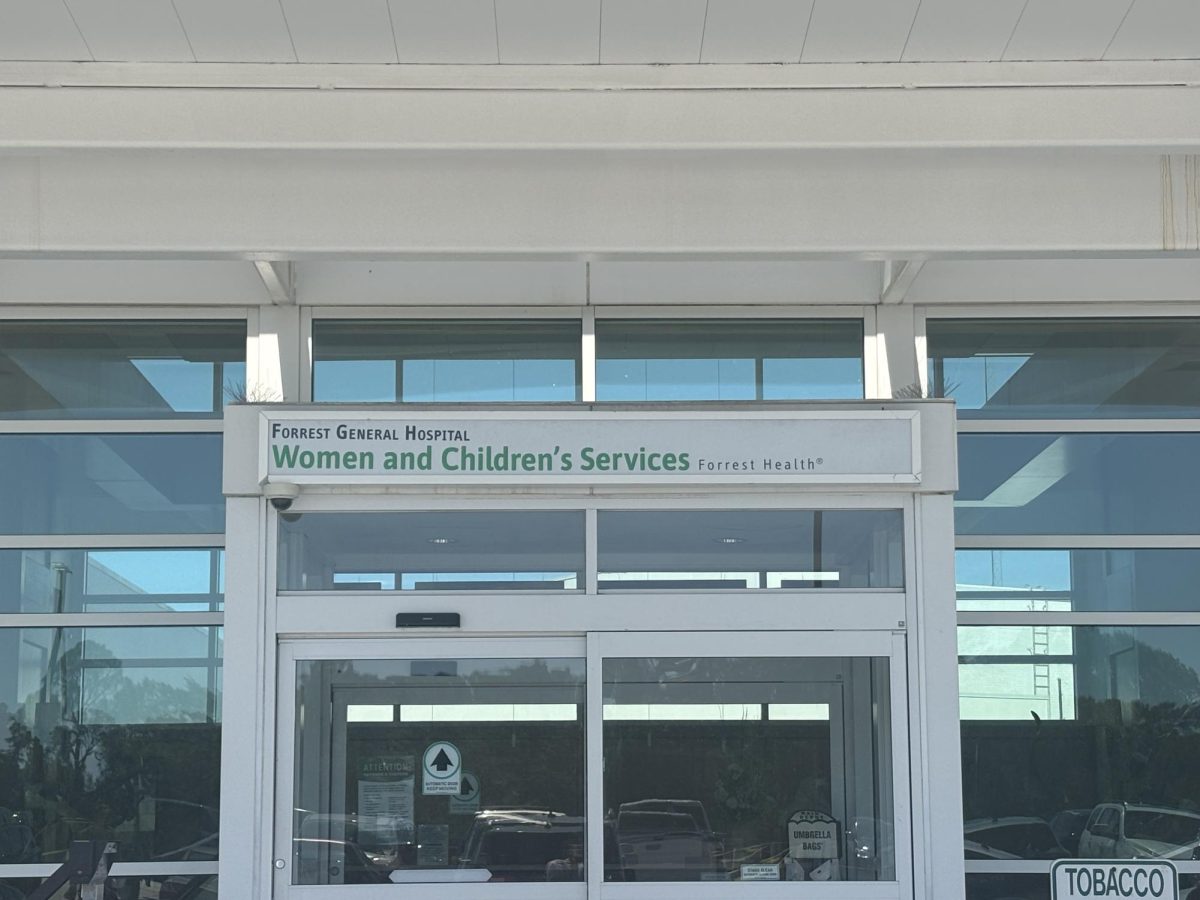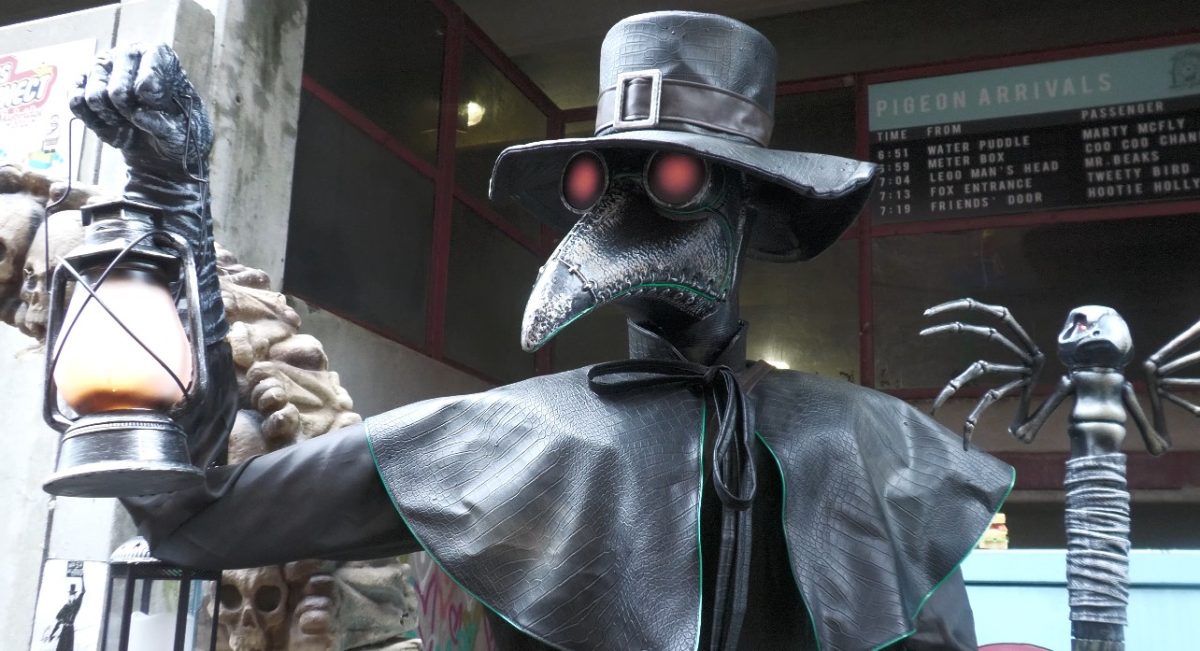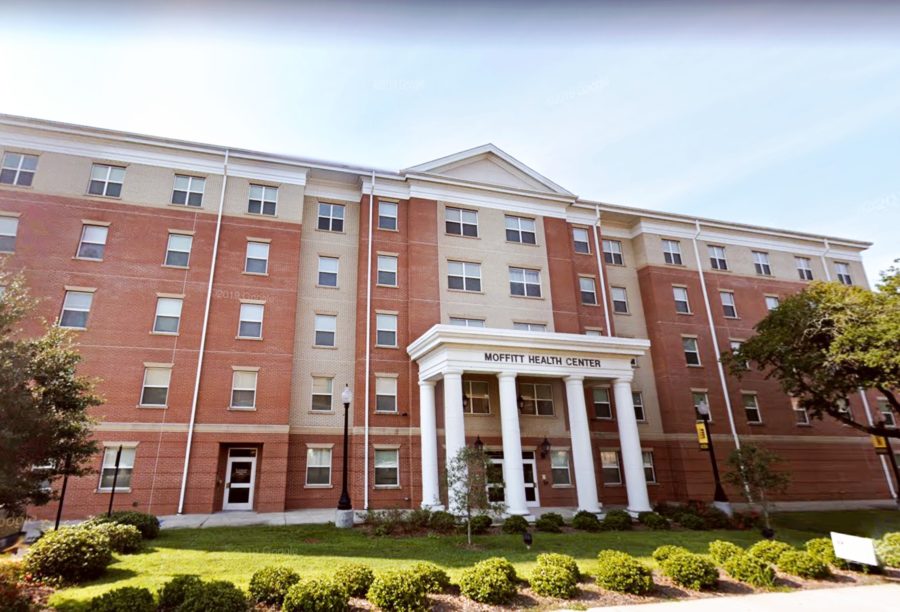Moffitt Health Center at the University of Southern Mississippi corrected a misrepresentation in COVID-19 testing data last week that caused a skewed positivity rate of 22% since August 5.
The heightened rates were the product of missing testing data from the athletics department. Weekly, Moffitt Health Center reports their COVID-19 testing data on their website. However, as a precaution, all student-athletes must receive COVID-19 screenings from Moffitt each week. Since Moffitt began reporting data, only positive cases were included on their website, not the large amounts of negative athletics tests. After noticing how this affected their positivity rates, staff members reacted accordingly to keep their reports accurate and transparent.
“We were concerned when we noticed the skewed positivity rate and thus worked quickly to gather [athletics data] so that information could be updated to reflect a more accurate depiction of testing on campus,” Kayla Johnson, Moffitt Health Center’s Health Education and Promotions Coordinator, said.
Though the delay in the athletics data was not explained, the additional results have lowered as a result. Moffitt Health Center’s website reported that the corrected positivity rate on campus is now around 5% for all tests taken since August 5 with 1766 negative athletics surveillance tests added to its reporting.
The difference these results make to the overall detection rate is apparent especially with its weekly reporting rates. For the week of September 13-19, Moffitt first reported 43 positive COVID-19 cases after 162 total tests were taken, equating to a 27% positivity rate. After including 658 negative athletics surveillance tests, the rate for that week shrunk to 5%.
The new positivity rate is on par with the U.S. positivity rate of 4.7% as of October 2, according to Johns Hopkins University’s national reporting data.
The reason why these tests change the data so much is because the ratio of positivity cases decreases with this new data added on. A COVID-19 positivity rate is the quotient of the number of positive tests divided by the number of total tests performed for a given area. The more data provided, the more accurate the overall results.
“The percent positive will be high if the number of positive tests is too high, or if the number of total tests is too low. A higher percent positive suggests higher transmission and that there are likely more people with coronavirus in the community who haven’t been tested yet,” Johns Hopkins Epidemiology professors David Dowdy and Gypsyamber D’Souza said.
Johnson said Southern Miss’s percent of positive cases will vary each week, but increased testing helps to lower that rate and mitigate the spread of the virus. This is something Johnson wants to see more of from students.
“I think what we are seeing currently is that many patients are waiting to be tested,” Johnson said.
Johnson still wants students to practice surveillance testing even if they show no symptoms, though. Because of the large number of asymptomatic cases associated with COVID-19, carriers may not know they are infected and unknowingly spread the virus to others. She also added that efficient testing can aid contact tracing.
“The sooner we can identify positives and potential close contacts, the sooner we can get those individuals in isolation and quarantine” said Johnson. “This reduces the chance of spreading the virus to more people.”
It’s important to note that data reported by Moffitt pertains only to tests performed on campus at the health center. It does not include tests students have received at other off-campus healthcare providers.
If you believe you may have come into contact with COVID-19 or are displaying symptoms, contact Moffitt Health Center at 601.266.5390 or review procedures at usm.edu/student-health-services.

























